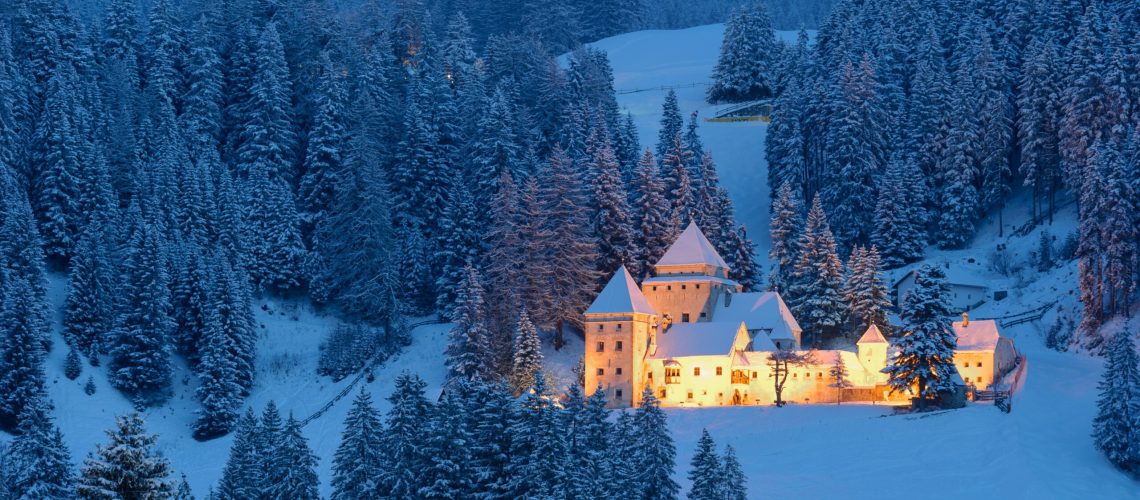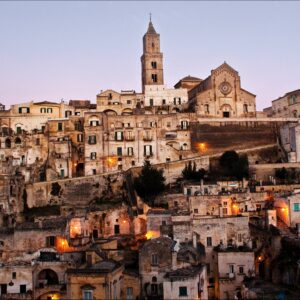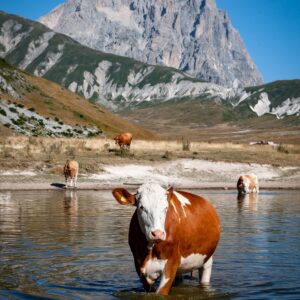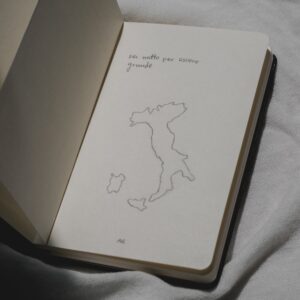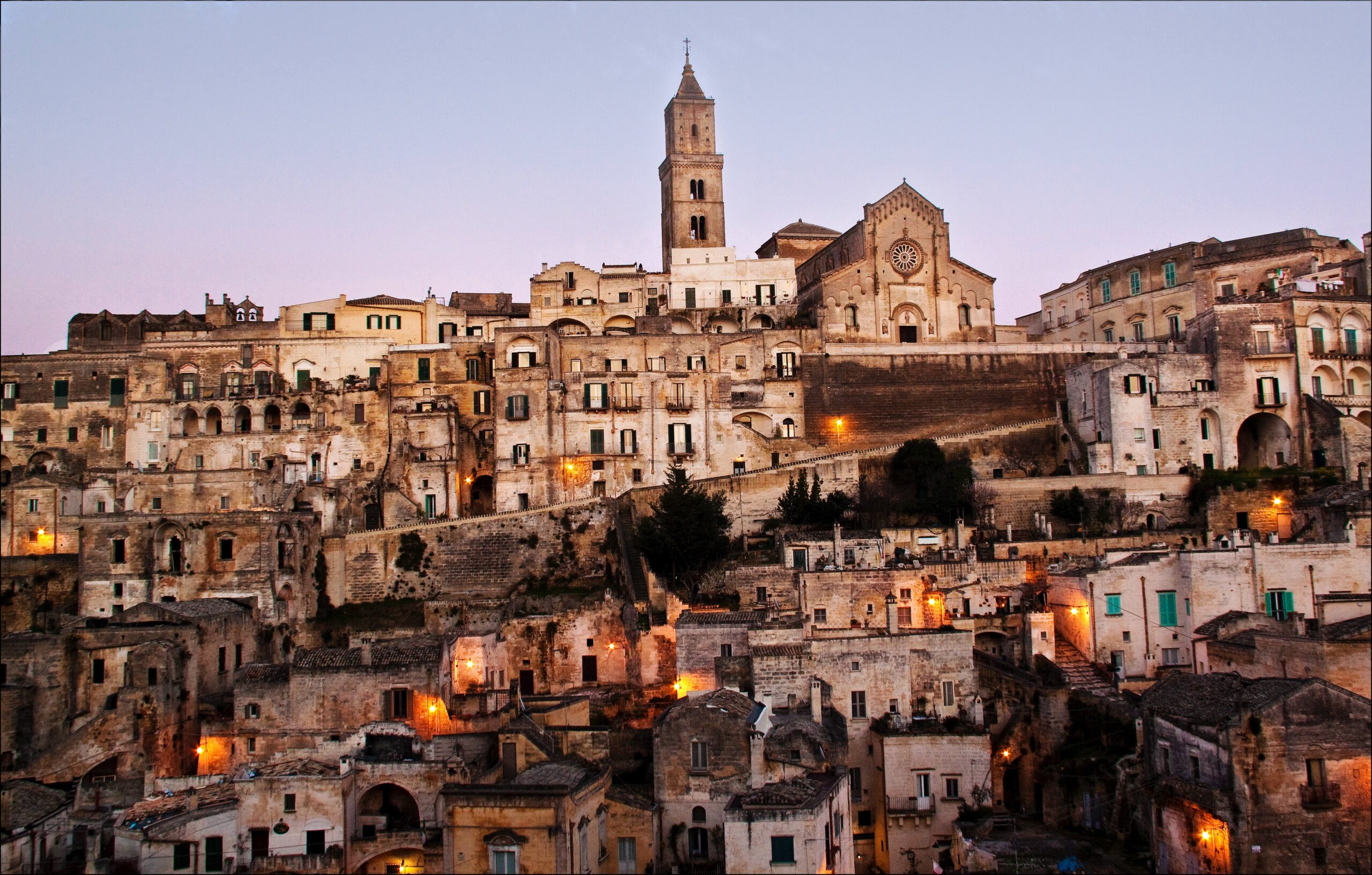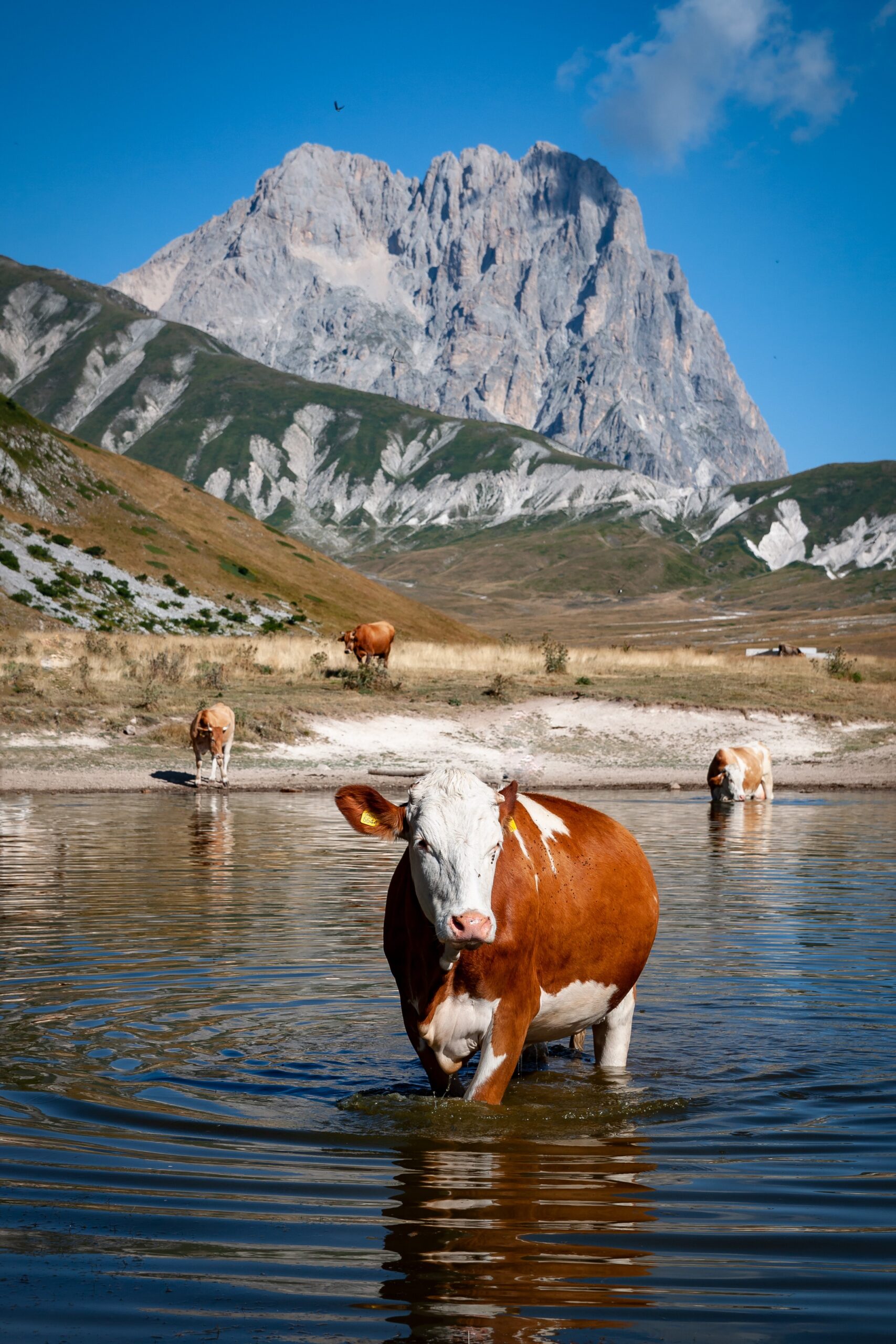The Aosta Valley – Valle d’Aosta in Italian, Vallée d’Aoste in French, the other official language spoken there – lies in the northwestern corner of Italy, locked in some of the country’s highest mountains.
Setting aside the narrow valley floor of the Dora Riparia river and some of its tributaries, which don’t count too much, even if considered altogether, one hundred percent of the territory of the region is mountainous.
Not only the Aosta Valley is the smallest region of Italy, it is also the least populous. According to the census run in 2011, there are a little more than 126.000 inhabitants. It means that, provided they could stand on the grass, too, they could be easily contained in the Camp Nou stadium in Barcelona.
All these clues might lead to believe that there is no wine in Aosta Valley, but so it’s not.
Production is small and it’s definitely not the Italian region where one goes for wine first, but wines of Aosta Valley are very distinctive and high in quality on average. Moreover, some of them are produced from varieties that are unique to the area.
Vineyards and wines of Aosta Valley
Quite extreme environmental conditions of Aosta Valley imply that vineyards are located close to the river that crosses the region, Dora Baltea, on its northerly, south facing slopes, and sometimes to its south, facing to the north.
Interestingly, these sites – or better, the aspects they offer – are called respectively adret and envers, which in local dialect mean “right” and “reverse”. Something that’s really saying something about which is the one where grapes ripen more easily.
As the river flows, different, peculiar subzones of the single appellation of the region (Valle d’Aosta DOC) are found. They all can produce “Valle d’Aosta DOC” wine from a multitude of allowed varieties. In addition, each of these subzones has its own peculiarities and dedicated grape variety and production method, so that a wine with the subzone name on the label can often be of a single given style only. Sometimes more styles are allowed in the same subzone, but still distinct and unique.
Wine styles in Aosta Valley
A treasure stone
In Valdigne, the upper valley of Dora Baltea, they produce what is probably most characteristic wine of Aosta Valley: Blanc the Morgex et de La Salle (meaning just “white from Morgex and La Salle), from the same-named villages it comes from.
It is made from 100% Prié Blanc grapes, grown on a typical, local pergola system, ungrafted. This is possible because vineyards are located at around 1000 metres above sea level, where phylloxera couldn’t survive.
Because of the altitude and the latitude, however, a special training system is needed: canopy is allowed to grow on a pergola to spread and catch the highest possible amount of sunlight, while the height of the system is as low as one metre, to benefit from ground heat; at the same time, pillars that support the pergola are made of stone, to provide extra warmth to the plants (thanks to the heat-storing property of rocks).
Blanc the Morgex et de La Salle is, above all, interesting for the variety it is made of. Prié Blanc is considered to be an autochthonous variety of Aosta Valley, although DNA profiling performed in the last decade revealed it is basically the same variety as Albillo Real, found in Ribera del Duero.
However, Prié Blanc is genetically related to many other varieties of the Aosta Valley, meaning it is found in the area since very long ago.
Blanc deMorgex et de La Salle, also thanks to the growing environment, shows a bright acidity and delicate aromas of citrus fruits, field flowers and hay.
It is also produced into passito (sweet) and sparkling (traditional method) styles, both praised for their balance and finesse.
A damn good wine
Following the river’s course, the next subzone of DOC Valle d’Aosta is Enfer d’Arvier, a toponym that means “the hell by Arvier” (the municipality found here).
As it happens in Valtellina, the toponym identifies a place that reveals to be surprisingly hot, if compared with its surroundings. Again, the particular orography of the area creates a kind of heat-trap that allows the black variety Petit Rouge to ripen.
Valle d’Aosta DOC from the Enfer d’Arvier subzone is, indeed, made by at least 85% of Petit Rouge grapes (to which many other varieties grown locally can be added, including Gamay and Pinot Noir).
Although cultivated and known in Switzerland under the name of Rouge de Valais, Petit Rouge is believed to be autochthonous of Aosta Valley. Wines made of it show floral and fruity aromas, resembling violet, dog rose, red and black berry fruits.
Being a late ripening variety, wines don’t achieve high alcohol levels, yet they can show a pleasant structure, if yields are kept low.
The heart of the Central Valley
The subzone that covers the area around the capital town of Aosta is called Torrette and is the most popular, because it is the one from which most of the wine of Aosta Valley comes from.
However, to wear the subzone name Torrette on the label, this Valle d’Aosta DOC wine must be made of minimum 70% Petit Rouge, to which usually other typical local varieties – such as Vien de Nus, Mayolet, Cornalin, Fumin – are added, although international grapes like Pinot Noir and Gamay are also allowed, being traditional of the area.
Things get a little more complicated in the following subzones around the mid-course of Dora Baltea, i.e. Nus and Chambave.
The names of both subzones, indeed, can be applied to three different styles of wine. Plus, they use confusing names for grapes in Aosta Valley, as we’re about to discover.
In the subzone of Nus, eponym red wine is a dry blend, made of 70% of local varieties Vien de Nus and Petit Rouge (together, of which at least 40% must be Vien de Nus).
A dry white wine is also produced under the name of Nus Malvoisie, but conversely to one might think it is not made of a kind of Malvasia, but from 100% Pinot Gris (which is called Malvoisie in the whole Aosta Valley, to be true).
From Pinot Gris a sweet wine is made by “appassimento” method, too, and it is called Nus passito (or fletri, being French terminology legally allowed on wine labels, too).
Something similar happens in the subzone of Chambave, where three styles of wine can be produced, too.
Chambave red is, again, a blend whose main component must be Petit Rouge. White wine of this subzone, instead, is an aromatic one, made from Moscato Bianco grapes (Muscat Blanc à Petits Grains) fermented to dryness. However, from the same variety a sweet wine is also made, that can wear the subzone name on the label (Chambave Moscato passito or Chambave fletri).
Down in the valley, towards Piedmont
In the south-easterly corner of Aosta Valley, where Dora Baltea flows across the regional border, two subzones are found, whose wine styles reflect their gentler growing conditions and proximity to Piedmont
Here, indeed, local black varieties make room for Nebbiolo, here called Picotendro, which must represent at least 70% of the blend of the wines of the subzone of Arnad-Montjovet, and at least 85% of the one of the wines of the Donnas subzone. The latter is also the most highly regarded subzone for red wines in Aosta Valley, thanks to the finesse and relative depth this wines can achieve.
Typical wine and food pairings in Aosta Valley
Aosta Valley cuisine is rich and abundant of “comfort foods” that are great to taste after a hard day of hard work in the mountains’ winter, but it also boasts some typical products that are real delicatessen.
Ingredients are quite different from the ones commonly found in most of Italy – no olive oil, but butter; no wheat, but rye, buckwheat and corn; no pasta, but polenta, sometimes rice; no soups, but… wait! Can a mountain region really count no soup in its gastronomic heritage?
Of course not, and one of most famous recipe from Aosta Valley is, indeed, Seupa à la vapelenentse, or zuppa valpellinentze in standard Italian, but it’s so rich you’ll be in doubt whether to use a fork, rather than a spoon to eat it. Alternate layers of rye black bread and fontina cheese are placed in a casserole and then wet with a broth made of beef meat and Savoy cabbage, and it all is baked in the oven until the surface gets crusty.
Despite the harmless name Seupetta de Cogne (“little soup from Cogne”), this is a similar sort of stratified dish, in which broth has a minor role. And it’s definitely not little.
A casserole is filled with layers of butter-fried bread slices, risotto (not fully cooked) and fontina cheese, then wetted with broth and baked.
Peila Nera, again typical of Cogne, may appear more like a soup, because a fluid cream, made by boiling buckwheat flour in milk, actually masks the thick layer of small cubes of fontina cheese and butter-fried bread on the bottom of the dish.
Because of the great structure of these soups (let’s pretend they are), a red wine is usually preferred. Ingredients are somehow different, but all rich and greasy, and fontina cheese is found in them all. For this reason, Fumin-based wines are often suggested, while fresher, less tannic wines from Petit Rouge would maybe be a better pairing.
The flagship dish of Aosta Valley is, however, fonduta, fontina cheese macerated in milk and then slowly melted with the same milk, butter and yolk, to be eaten with (obviously) butter-fried bread. With such a dish, concentrated, yet fresh white wines are the best choice. Some suggest to go for Pinot Grigio from Friuli (which can be easily available), but why not to drink a Nus Malvoisie, if available? Although generally lighter in structure and higher in aromatics, it still is Pinot Grigio, and it comes from Aosta Valley!
Those who can’t renounce to red wine, can opt for a Pinot Noir, again from the region.
Fuller bodied wines, such as aged Fumin or Donnas, better paired with another very typical course of Aosta Valley: carbonade. It is a sort of stew made with ox meat marinated and cooked in wine, herbs and spices, in which abundant lard and/or butter is also used, so that it turns out to be very tasty and rich to the palate.
Younger red wines are, conversely, a great choice with lardo d’Arnad (lard from Arnad, a regional typical product), while pairing with mocetta (a delicious sort of cured meat) largely depends on the kind of meat it is made of and how it is cured.
Sweet passito wines are, in the end, better enjoyed alone or with biscuits, rather than with creamy desserts.
Aosta Valley also shows a good heritage of traditional biscuits, although more representative are probably tegole (“tiles”), thin sweet crackers made of just sugar, egg white, hazelnut, almond and wheat flour, and – needless to say – a nice dose of butter.
Photo by Jacek Dylag on Unsplash
